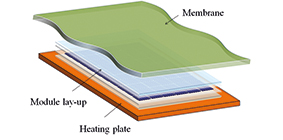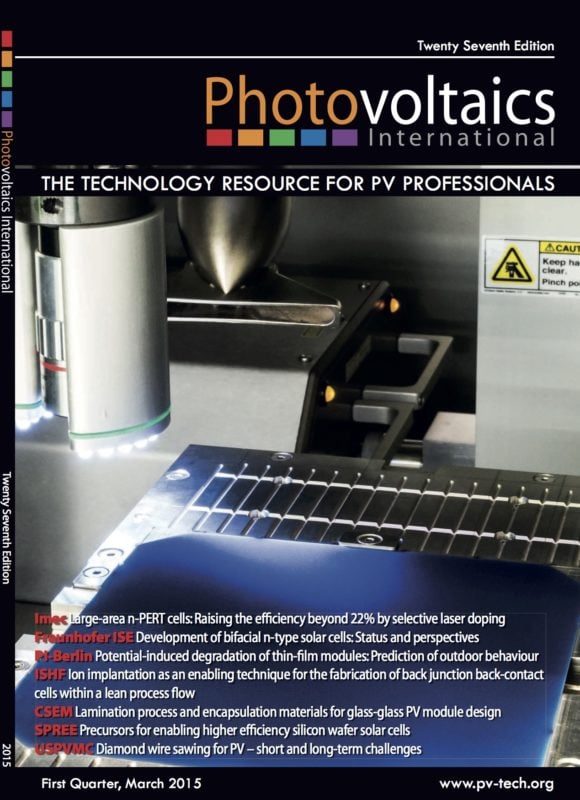By Gianluca Cattaneo, Modules and Systems Sector, CSEM PV-Center; Antonin Faes, CSEM PV-Center; Heng-Yu Li, CSEM PV-Center, PV-Lab, Institute of Microengineering (IMT), EPFL; Federico Galliano, Modules and Systems Sector, CSEM PV-Center, PV-Lab, Institute of Microengineering (IMT), EPFL; Maria Gragert, R&D Department, Meyer Burger AG; Yu Yao, R&D Project Manager, Meyer Burger AG; Rainer Grischke, R&D Department, Meyer Burger AG; Thomas Söderström, Head of Department, Transfer process and innovation module, Meyer Burger AG; Matthieu Despeisse, CSEM PV-Center; Christophe Ballif, CSEM PV-Center, PV-Lab, Institute of Microengineering (IMT), EPFL; Laure-Emmanuelle Perret-Aebi, CSEM PV-Center
In the last few years PV technology has seen continuous improvements, with significant enhancements at the cell and module levels. In addition to the requirement of high efficiency, the long-term reliability of PV modules leads to proposals for innovative module concepts and designs. Meyer Burger has developed a low-temperature wire-bonding technology, known as SmartWire Connection Technology (SWCT), with the aim of offering a cost-effective solution for high-efficiency solar cells while minimizing cell-to-module losses. The introduction of this interconnection design immediately brings new challenges, especially in the selection of an appropriate encapsulant, which must ensure a good processability as well as the required long-term module reliability. The compatibility of the most cost-effective types of encapsulant currently available on the market was analysed in the study reported in this paper. Thermoplastic polyolefin encapsulants with water absorption less than 0.1% and no (or few) cross-linking additives have proved to be the best option for long-lasting PV modules in a glass-glass (GG) configuration. The development of a laminator having a symmetrical structure (two heating plates without any vacuum membrane) has also opened the door to fast lamination processes with cycle times under eight minutes.



